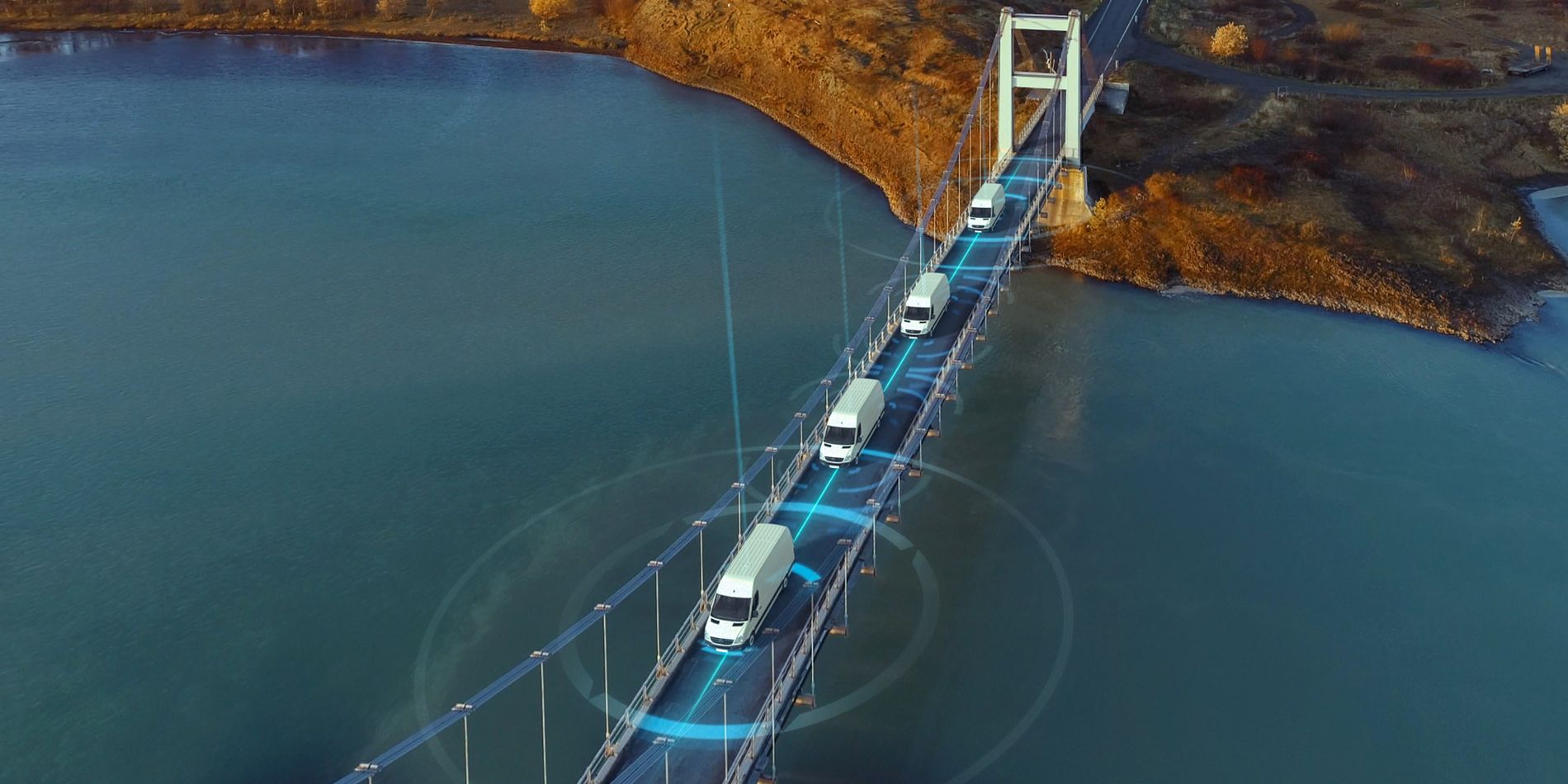
Centralizing E/E and Software to Power the Future of Commercial Vehicles
As commercial vehicles evolve into software-driven powerhouses, centralized E/E architectures are unlocking smarter, safer fleets. Discover how Neonode's MultiSensing® technology can accelerate this shift by boosting efficiency and human-AI harmony on the road ahead.
In the competitive world of commercial trucking, where every mile counts toward profitability, a seismic transformation is underway. Gone are the days of patchwork electronic systems bolted onto rugged frames. Today, commercial vehicle original equipment manufacturers (OEMs) are racing toward centralized electrical/electronic (E/E) architectures and software-defined platforms that turn vehicles into intelligent, connected ecosystems.
Drawing on insights from a landmark McKinsey report, this shift isn't just about efficiency. It is a gateway to unprecedented innovation, from over-the-air (OTA) updates to predictive maintenance that slashes downtime. As we explore this evolution, we will see how companies like Neonode are at the forefront, delivering advanced Driver Monitoring Systems (DMS) and in-cabin computer vision technologies that make these digitally connected vehicles safer and more intuitive.
From Modular Mayhem to Centralized Mastery
Commercial vehicles have long thrived on modularity. Think of a long-haul tractor customized for icy Nordic winters or a delivery van optimized for urban gridlock, each variant packed with dedicated electronic control units (ECUs) for everything from engine management to telematics. But this decentralized approach, while flexible, breeds complexity: hundreds of supplier-sourced components, endless wiring harnesses and integration headaches that drive up costs and slow innovation.
Now, with centralized E/E architecture, high-performance compute units consolidate control across domains like powertrain, chassis, driver monitoring and infotainment. Hardware becomes standardized, while software takes the wheel for differentiation, enabling features like autonomous platooning for fuel savings or real-time fleet analytics. This isn't mere theory; growth estimates for the global commercial vehicle E/E architecture market set to increase by 6% per year to 2030, when it could reach nearly $20 billion. Heavy-duty trucks claim half that pie at $10 billion. As customization moves from hardware to agile software layers, it demands new skills in system integration, cybersecurity and suppliers that understand both.
McKinsey notes that commercial vehicles differ from passenger cars in their business-critical focus, prioritizing total cost of ownership (TCO) yet the centralization playbook is strikingly similar: OTA for seamless updates and reduced hardware variance for reliability. But the main payoff for commercial vehicles? Fleets that evolve without ever leaving the road.
Unlocking Market Opportunities in E/E and Beyond
Standardized hardware squeezes margins on traditional ECUs, but it opens doors to hardware-agnostic software that decouple features from devices and enables rapid innovation and scalability. To thrive, OEMs should leverage the skills of specialized partners that offer both off-the-shelf and customizable solutions.
Neonode leads as such a partner, offering commercial solutions that all use just one existing in-cabin camera, providing customers with great flexibility in the choice of host system and components. The software, MultiSensing, works well with different camera types, even low-resolution ones, and does not impose strict requirements on camera placement.
The MultiSensing software solution focuses on driver monitoring and in-cabin sensing for automotive applications, which enables seamless deployment of new safety and interaction features without hardware modifications. Using the single camera, OEMs can enable features such as Driver Monitoring that detect drowsiness or distraction, detect hands off- or hands-on-wheel, or detect behaviors such as mobile phone usage. Using 3D depth estimation from the camera feed, it can also enhance digital mirror systems which provide >1% improvement in fuel economy in commercial trucks, by creating dynamic, head-following views that erase blind spots and curb fatigue on long hauls. Building new features with MultiSensing or updating existing experiences are all supported by over-the-air (OTA) updates, meaning improving the driver experience does not require any costly down time.
The Road Ahead
In the automotive industry, particularly for commercial vehicles, Electrical/Electronic (E/E) architecture and software-defined vehicles (SDVs) are fast becoming strategic imperatives that drive profitability, innovation and the competitive edge. By centralizing compute power and enabling OTA updates, OEMs can manage complexity efficiently, unlock revenue opportunity and adapt quickly to market demands. This is especially valuable for commercial fleets, where downtime costs hit hard on the bottom-line and regulatory compliance is non-negotiable.
At Neonode, we're committed to this future, pioneering in-cabin computer vision innovations that make vehicles not just smarter, but more human. By bridging the physical and digital through advanced DMS and augmentation technology, we're helping fleets navigate the big shift. We believe that those who lead in software will redefine mobility. Who's ready to accelerate?
Learn More about Neonode's Driver Monitoring Software